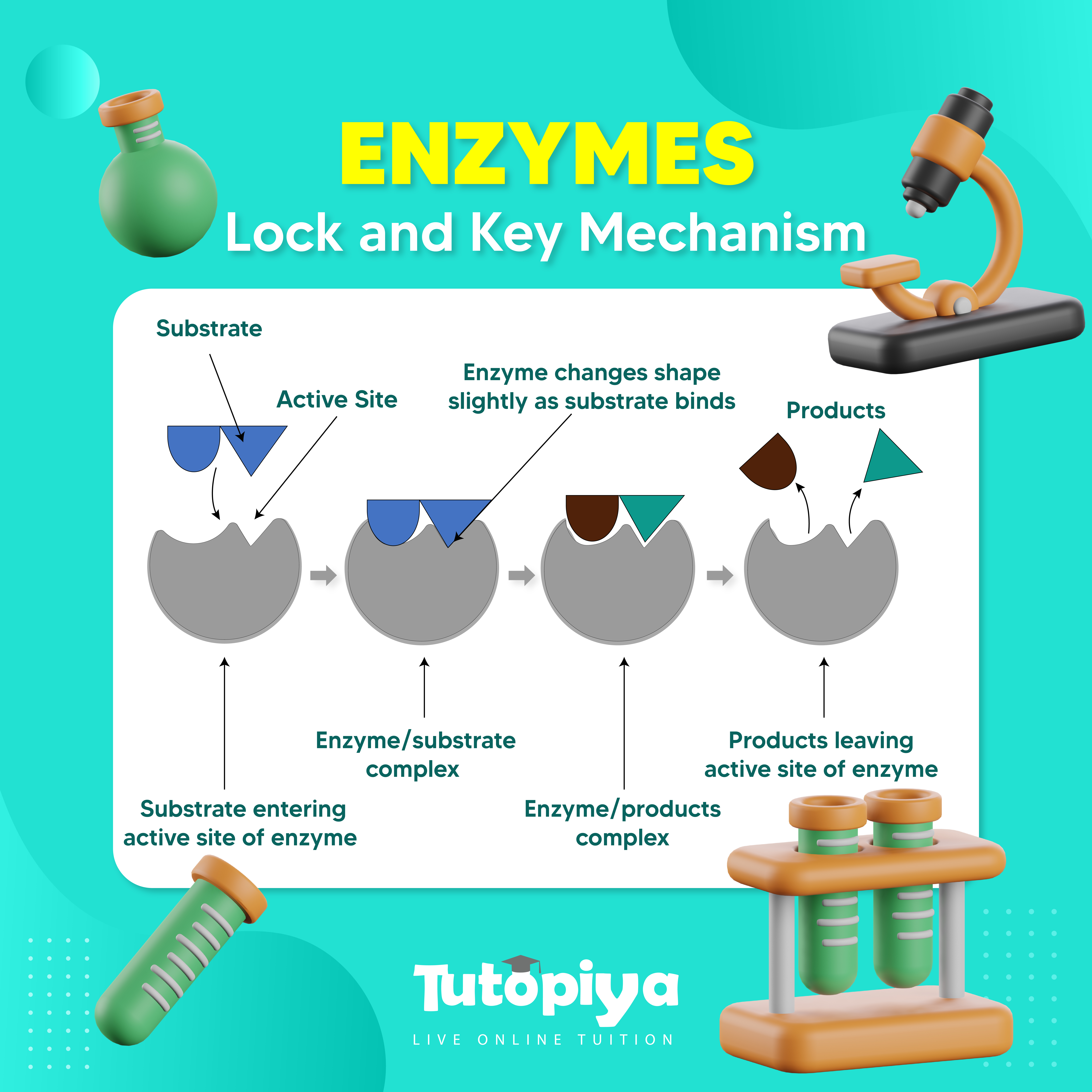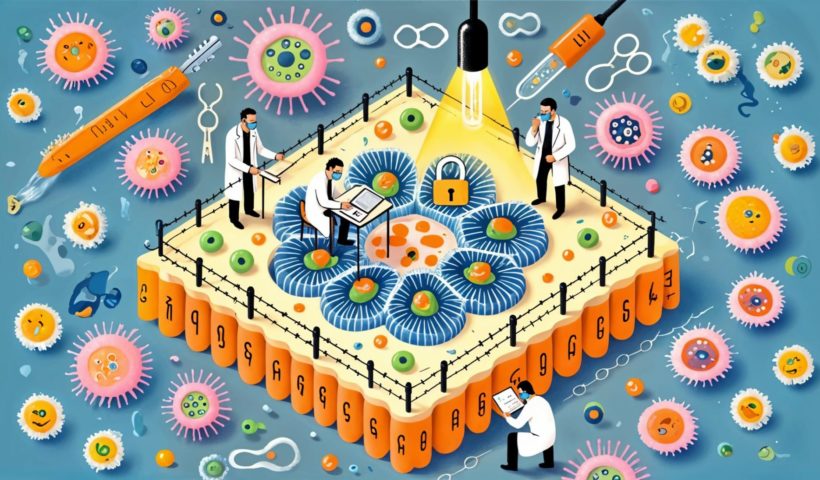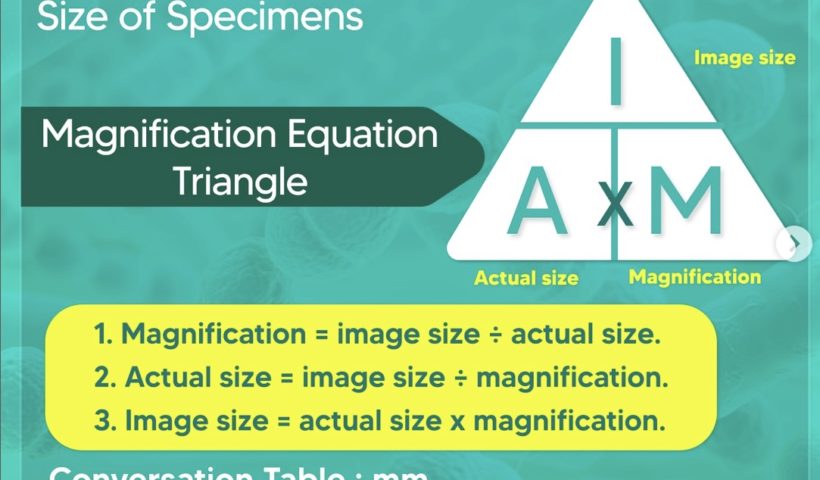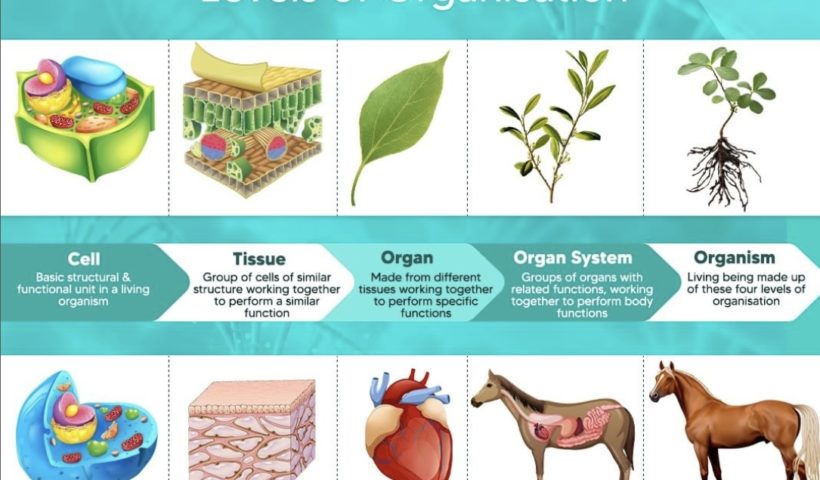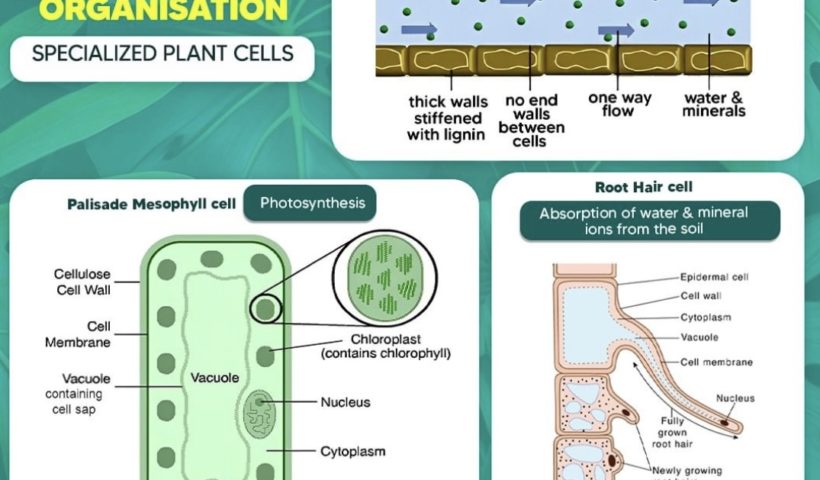Watch the Video at the End of This Blog to Unlock the Secrets of Enzymes ↓ We have heard of little things called “enzymes” inside…
View More Unveiling the Secrets of Enzymes: The Intricate Lock and Key MechanismTag: #biology
Unlocking the Mysteries of Cellular Diffusion | Cambridge IGCSE Biology
Watch the Video at the End of This Blog to Unlock the Mysteries of Cellular Diffusion ↓ This article will serve as a place for…
View More Unlocking the Mysteries of Cellular Diffusion | Cambridge IGCSE BiologyBeyond Perception: Exploring the Secrets of Organism Size | Cambridge IGCSE Biology
[Please watch the video attached at the end of this blog for a visual explanation on Beyond Perception: Exploring the Secrets of Organism Size] Topic…
View More Beyond Perception: Exploring the Secrets of Organism Size | Cambridge IGCSE BiologyDiscovering the Complexity: Exploring the Levels of Organization within Organisms | Cambridge IGCSE Biology
[Please watch the video attached at the end of this blog for a visual explanation of Discovering the Complexity: Exploring the Levels of Organization within…
View More Discovering the Complexity: Exploring the Levels of Organization within Organisms | Cambridge IGCSE BiologyUnveiling the Secrets of Specialized Plant Cell Structure and Functions! | Cambridge IGCSE Biology
Unveiling the Secrets of Specialized Plant Cell Structure and Functions In one of the previous videos, we learned about the basic plant cell and the…
View More Unveiling the Secrets of Specialized Plant Cell Structure and Functions! | Cambridge IGCSE BiologyUnveiling the Wonders of Specialized Animal Cells & Functions| Cambridge IGCSE Biology
[Please watch the video attached at the end of this blog for a visual explanation of the Unveiling the Wonders of Specialised Animal Cells &…
View More Unveiling the Wonders of Specialized Animal Cells & Functions| Cambridge IGCSE Biology
